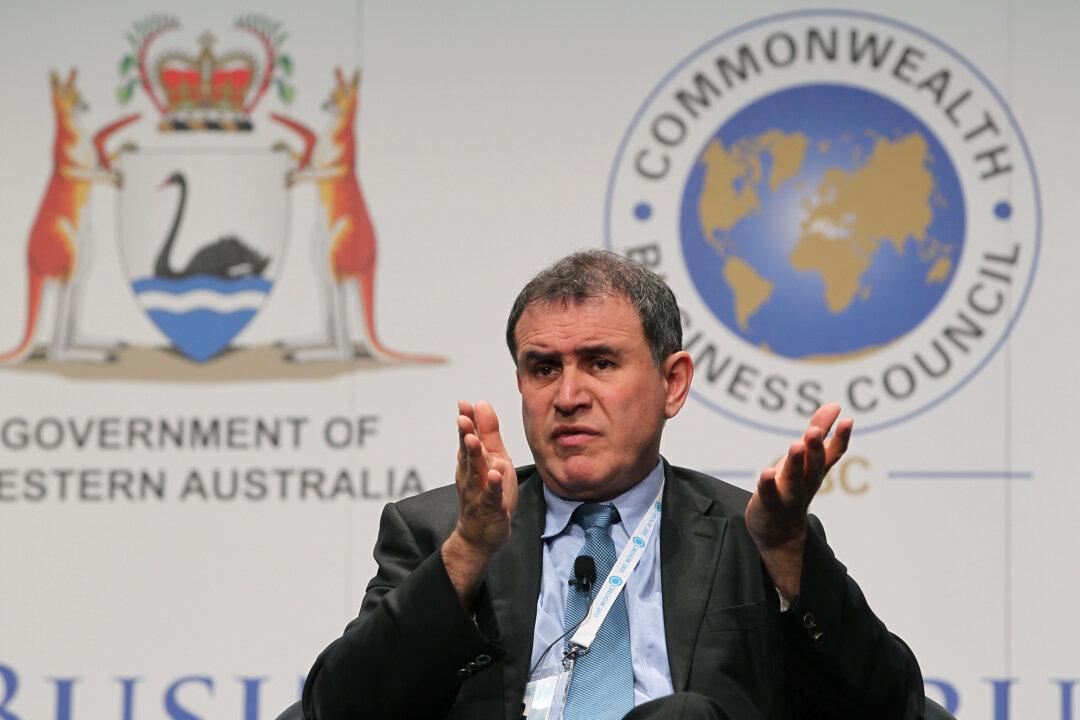Nouriel Roubini, Bill Clinton’s former senior economist, and a current NYU professor for economics is a bit of a wild card. His influences include mostly leftist thinkers such as John Maynard Keynes, Larry Summers, and Jeffrey Sachs.
However, he also cites Hyman Minsky as one of his influences. So while most Keynesians got subprime wrong, Roubini’s experience with emerging markets and his Minsky background helped him to get subprime right.
READ MORE





